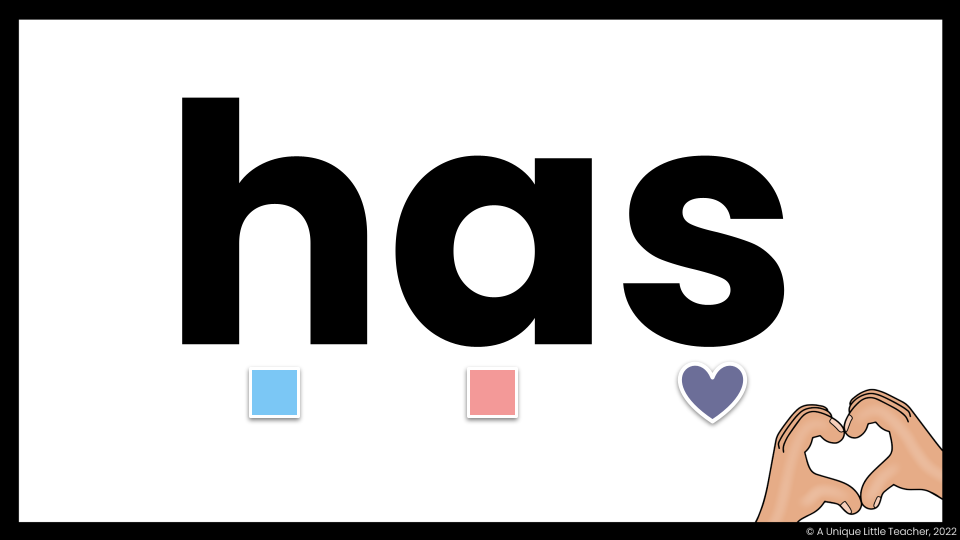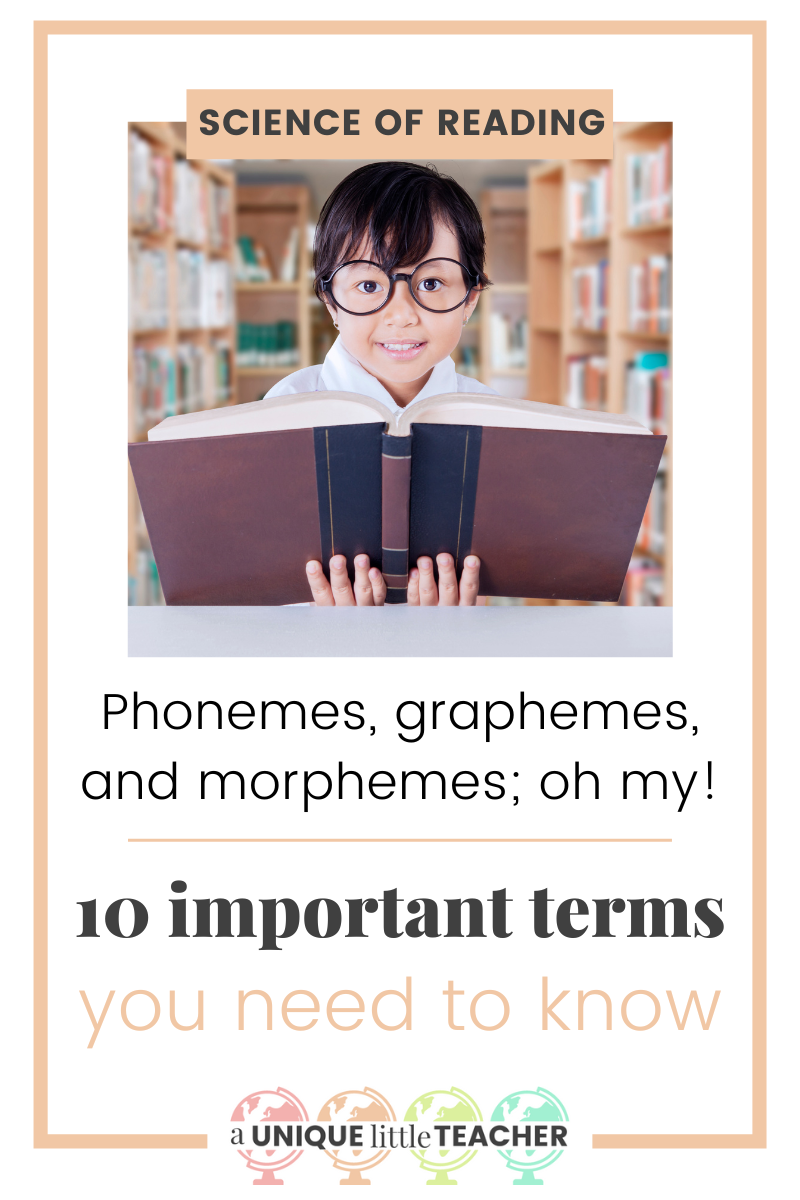
Heart Words. Sight Words. Red Words. High-Frequency Words. These terms all refer to those big long lists like Dolch and Fry that kids just have to memorize, right? Not quite. The research surrounding the science of reading has taught us a lot about what actually takes place in a learner’s brain when they are learning to read and write new words. The Heart Word Approach is based on the latest research and capitalizes on the phonics skills that students already have.
Already familiar with Heart Words?
First, some definitions:
People both in and out of the world of education tend to use these terms interchangeably, but there are some important distinctions. Let’s be sure we are all on the same page by using precise language.
Sight Word: Any word that a reader can read with automaticity. Each person’s bank of sight words is different and changes throughout their lifetime, especially as they are learning to read. The term “sight word” does not have anything to do with a word’s orthography (spelling). It solely refers to a reader’s ability to read the word as if by sight.
High Frequency Word: These are words that appear most often in written text of a language. It is helpful for readers to be able to recognize these words quickly because they will encounter them often.
Heart Word: This is the student-friendly term educators have adopted to refer to words that are phonetically irregular. This means that they have one or more phonemes that are spelled using a spelling pattern that we do not expect.
- Example: In the word “said” the vowel team “ai” is used to represent the phoneme for short /e/, which is not a commonly-occurring spelling pattern. We call these words “heart words” because successful readers and writers need to remember these irregular parts (or “heart parts”) by heart. The rest of the word is fully decodeable.

Types of Heart Words
Temporary (“For Now”) Heart Words: Some words are only taught as heart words temporarily because their “irregular” parts aren’t truly irregular. There are many spelling patterns that are actually very common, but may not have been explicitly introduced to students in their phonics instruction yet.
- Example: Early readers may not have learned that the letter “s” frequently spells the phoneme /z/. Before they have learned this, words like “as, “has”, “is”, and “his” would be taught as heart words. This varies greatly based on the phonics program the teacher is using and the general approach of the educator.

Permanent (“Forever”) Heart Words: These words contain irregular spellings that are found in no (or very few) other words in the language.
- Example: The word “there” is a permanent heart word because the split digraph ‘e_e’ is expected to spell the long /ē/ phoneme. However, in the word “there” it is pronounced as /ār/ or /ĕ/ +/r/, depending on dialect.

Where do I find all these heart words?
Great question! Most teachers are familiar with High Frequency Word lists like Dolch and Fry. These organize words based on how often they appear in text. While this is helpful information, it doesn’t mean this is the order that we should teach them. In order to lead our students to Heart Word Mastery, it is much more effective to introduce words systematically, using the phonics skills they are developing.
Sounds like a lot of work, though, right? Not for you! Just sign up below to get these FREE irregular word lists. These lists break down all of those High Frequency Words into 80 different categories based on phonics patterns. They also tell you which words are permanently irregular and which will only need to be temporary heart words.
Great! Now how do I teach all of these heart words?
I’m so glad you asked! Here are my top tips for teaching heart words:
- Connect speech to print. Students need to be able to hear the word and segment the phonemes in the word before anything else. Using segmenting boxes is really helpful for this first step.
- Identify the decodable parts. Even in permanently irregular words, most of the sounds will “follow the rules.” Start by encouraging students to use what they already know about phonics and spelling patterns to figure out how to spell these parts.
- Identify the “heart part.” Explicitly teach students which phoneme(s) in the word are irregular. Mark these parts with a heart.
- Practice learned heart words using all four domains of language. Students need to listen, speak, read, and write these words to help them stick. Read all about it in this blog post: The Heart Word Approach.
- Teach heart words strategically. Now that you are equipped with your Irregular Word Lists, it’s time to make a plan for how you are going to teach these words and assess student progress. I give you all my secrets in this blog post: Heart Words Mastery Game Plan.
Do I have to do this all on my own?
You most definitely do not, my friend. I’ve done all the hard work for you. Grab my pre-sorted lists of 630 High Frequency and Heart Words + Google Slides™ with all the words mapped for you.

Need more support?
I am just a message away. Email any questions you may have to haley@auniquelittleteacher.com or connect with me on social media using the buttons below!







2 Responses